The symptoms of a bad EGR valve include reduced engine power, engine misfires, reduced fuel economy, difficulty starting the engine, and spark knocking.
Exhaust gas recirculation is a process used to reduce vehicle emissions by using exhaust gases to reduce the temperature in the combustion chambers of the engine. Sometimes the EGR valve can fail and this can cause a range of engine performance issues.
What Are The Signs of a bad EGR valve?
The most common symptom of a bad EGR valve, is an overall reduction in engine performance, especially when accelerating.
A broken EGR valve will often fail or get stuck in the open or partially open position. This means that exhaust gases are not allowed back into the engine combustion chambers reducing efficiency when more power is needed.
The EGR valve is usually installed on the intake manifold close enough to the exhaust in order to recirculate the gases when necessary.
The ECU analyses the information from several sensors including the engine coolant temperature sensor, the throttle position sensor, and the mass air flow sensor. It uses the information from these sensors to decide whether or not to activate the EGR.
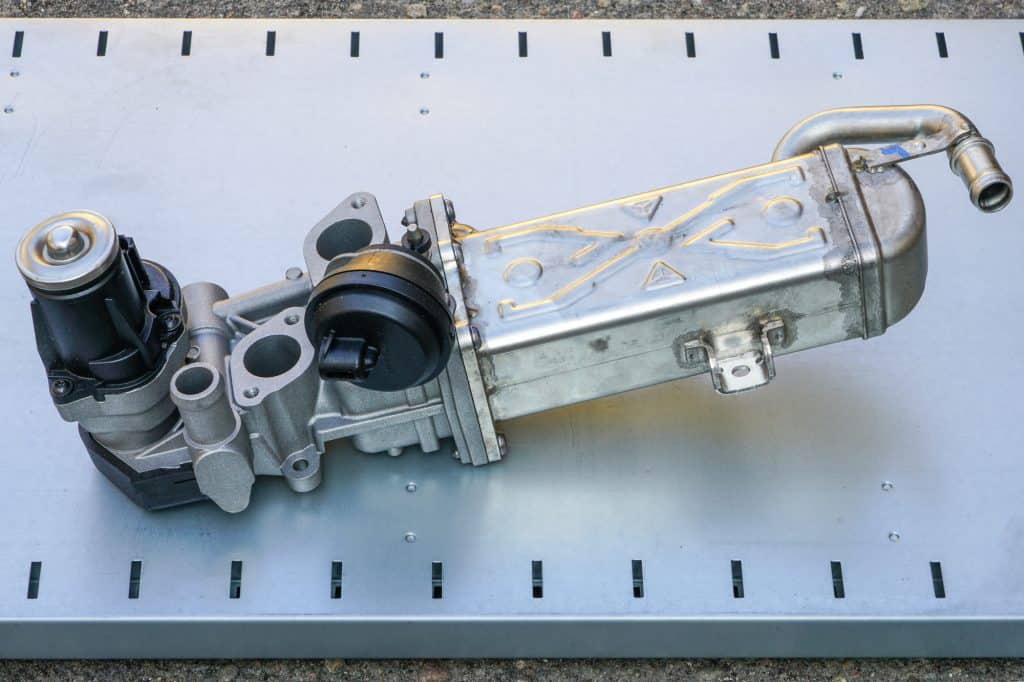
On modern systems equipped with a digital EGR valve, the ECU also follows the EGR valve aperture using an integrated EGR pintle position sensor.
Internally the construction of the exhaust recirculation valve is very simple. Some models use a flap design (similar to the throttle body), others use a linear valve design.
The EGR is constantly exposed to exhaust gases that create carbon deposits over time. A clogged EGR valve may get stuck, producing several problems depending on its final position (open or closed).
Here are the most common signs of a bad EGR valve in more detail:
Symptom 1. Check Engine Light flashing
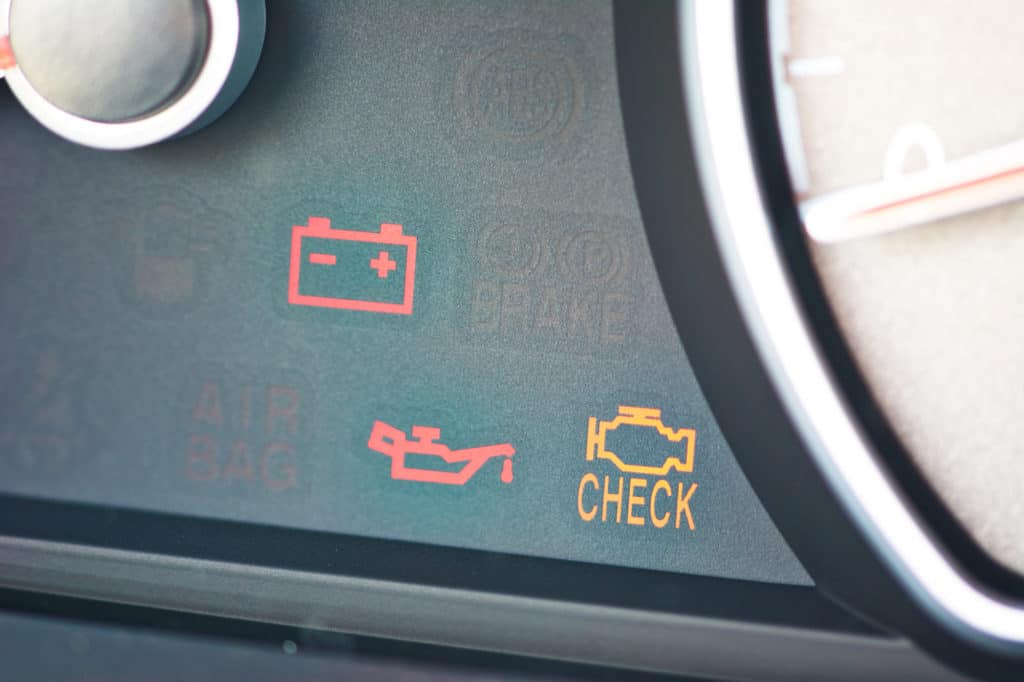
One of the possible signs the EGR valve has gone bad, is when it causes the check engine light to start flashing. If the ECU detects a problem with the emission control system (and the EGR), it may warn you by turning on the check engine or service engine soon light.
It’s usually safe to keep driving with a broken EGR valve, but you should get it checked out as soon as possible.
Symptom 2. Difficulty during engine start
An engine that keeps cutting out on startup can be one of the symptoms of an EGR valve stuck in the open position.
A failed EGR valve, stuck in the open position can make it difficult to start the engine and to keep it running.
Under normal circumstances, the EGR valve should be closed on engine startup, blocking the flow of gases back into the engine. It should stay like this until the engine warms up and the vehicle starts moving.
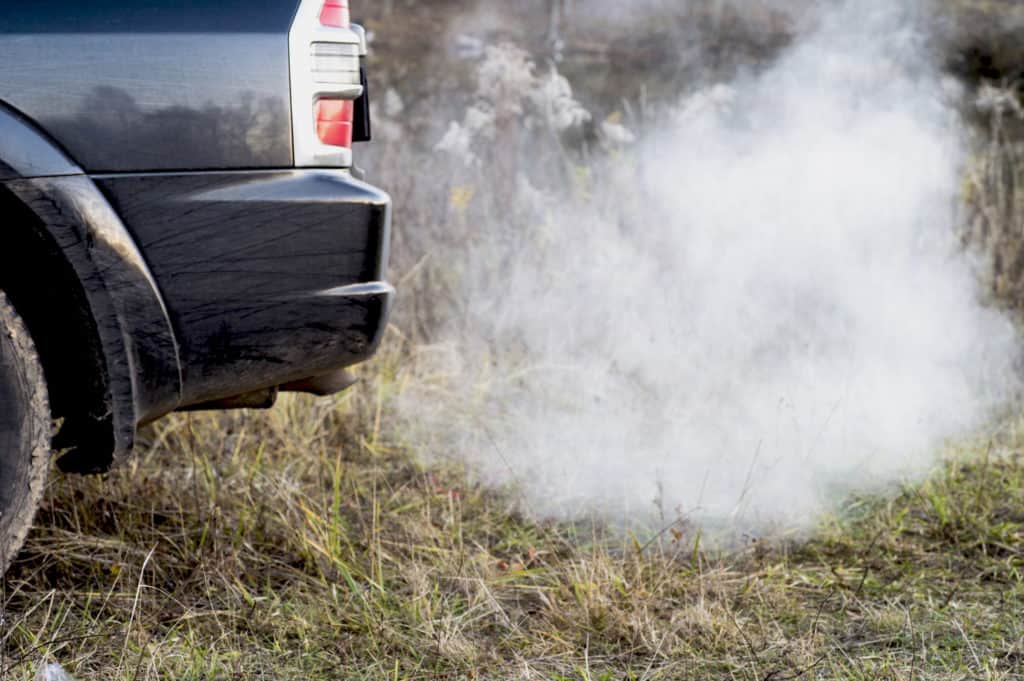
If the EGR valve is not operating properly and allowing exhaust fumes to pass into the combustion chambers, this can cause the engine to cut out, especially when the engine is cold. If on engine startup there is a strong smell of fuel coming from the exhaust, or the engine keeps cutting out, this may be caused by a faulty or partially blocked EGR valve.
Symptom 3. Possible engine misfires
Another sign the the EGR valve has gone bad, is engine misfires. A bad EGR valve may cause random engine misfires if it is causing a vacuum leak in the engine.
Sometimes and EGR valve will not respond in a timely manner to the ECU and will stay open longer than it should, or open at the wrong time. This can cause a vacuum leak in the intake manifold that can cause an intermittent engine misfire.
If you run an engine diagnostic, you may see error codes such as P0300, P0100, P0101, P0102 or P0104.
These codes can point to leaks in any part of the air intake system, but removal and inspection of the EGR is a good place to start.
Symptom 4. Rough Engine Idle
One of the most common symptoms of EGR valve failure is a rough engine idle, especially when the engine is cold.
EGR valves often fail in the open position, and this will allow exhaust gases to recirculate back into the engine when it’s not desirable for them to do so.
Symptom 5. Reduced engine performance
One of the effects of a bad EGR valve is a decrease in engine performance, especially under heavy acceleration.
If the EGR valve is not responding to the ECU it can affect the power output of the engine. The EGR valve opens and closes in response to the real time conditions of the engine. If it stuck open this can have an adverse effect on the air to fuel ratio in the combustion chambers, resulting in a reduced power output.
It can also affect the performance of the turbo (if fitted). If the EGR is causing a vacuum leak, this can reduce the efficiency of the turbo, and can cause premature failure of the turbo if left un-repaired.
Symptom 6. Engine Spark Knock
One of the symptoms of an EGR valve stuck in the closed position is spark knock.
Spark knock is a loud knocking noise that can be heard from the engine bay when the engine is accelerating or is under load.
Spark knock can be caused by problems with the EGR valve. If the EGR valve has become blocked or the valve is not opening when it should, this will stop the exhaust fumes from re-entering the engine when needed.
Spark knock can occur when the combustion chamber gets too hot or there is a build up of excessive pressure that causes the fuel to detonate instead of burning smoothly.
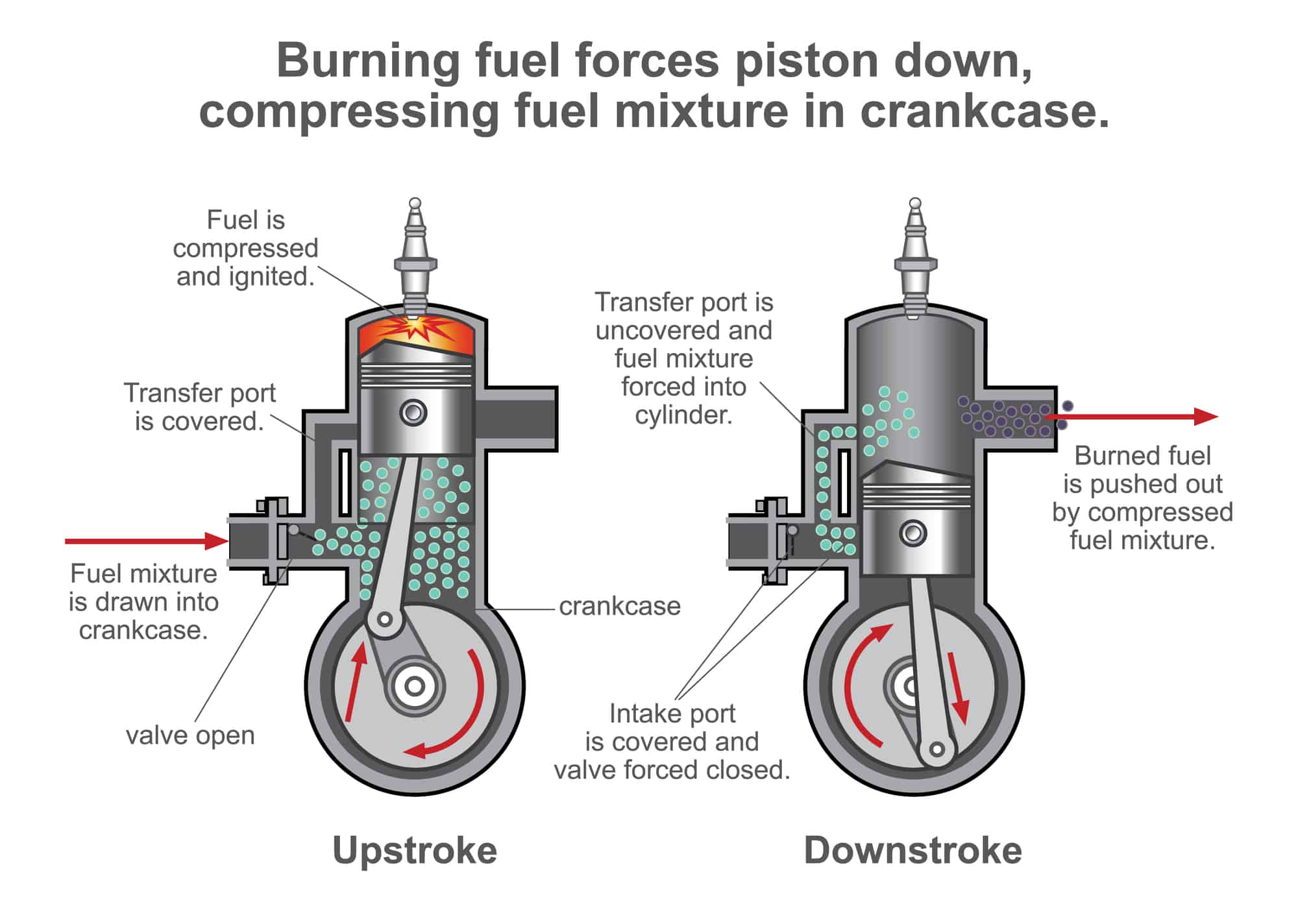
One of the primary roles of the EGR valve is to channel cooler exhaust fumes back into the engine to help lower the temperature in the engine and this can help to prevent spark knock. If the EGR valve is not working properly, then there is an increased chance of spark knock occurring.
Spark knock can lead to head gasket failure, damage to the piston rings, combustion chamber, the connecting rods and the pistons. Simply cleaning the EGR valve can help to prevent spark knock from occurring.
What Next – How To Diagnose A Bad EGR Valve?
You may need one or more of the following tools:
- OBD2 Code Reader
- Digital Volt-Ohm meter
- Professional Automotive Scan Tool.
- Vacuum gauge with proper adapters.
- Manual vacuum pump with proper adapters.
1. Check For Error Codes
Using a suitable OBD-II engine code reader, check for error codes stored in the ECU memory. Here are some common codes that are often recorded if the EGR is faulty:
| DTC Code | Description |
|---|---|
| P0400 | EGR Flow Malfunction |
| P0401 | EGR Flow Insufficient |
| P0402 | EGR Flow Excessive |
| P0403 | EGR Circuit Malfunction |
| P0404 | EGR Circuit Range/Performance |
| P0405 | EGR Sensor A Circuit Low |
| P0406 | EGR Sensor A Circuit High |
2. Visual Inspection
On vacuum controlled EGR valves, disconnect the vacuum line and perform a visual inspection of its condition. Look for signs of worn or deterioration.
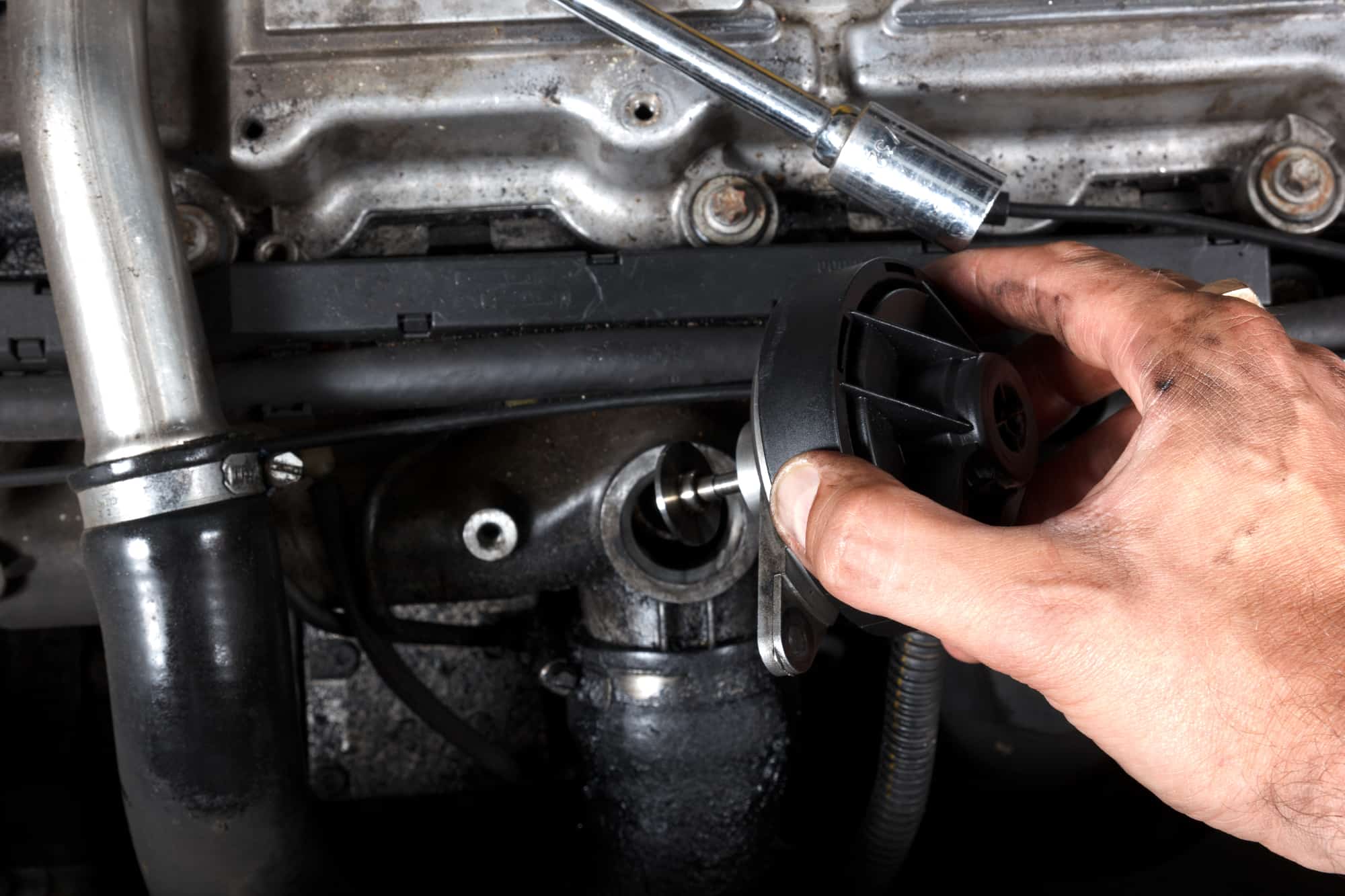
Remove the EGR valve to check physical condition
Pay special attention to possible holes in the vacuum line. Ideally, a vacuum line test using a manual vacuum pump should be performed. You could also use the manual vacuum pump to operate the EGR and check that it’s working properly.
Perform a thorough inspection of the EGR valve exterior, tubing, and connections. Look for possible exhaust leaks in the EGR gasket and connections. Replace the gasket and/or EGR valve if necessary.
As an Amazon Associate we earn from qualifying purchases.







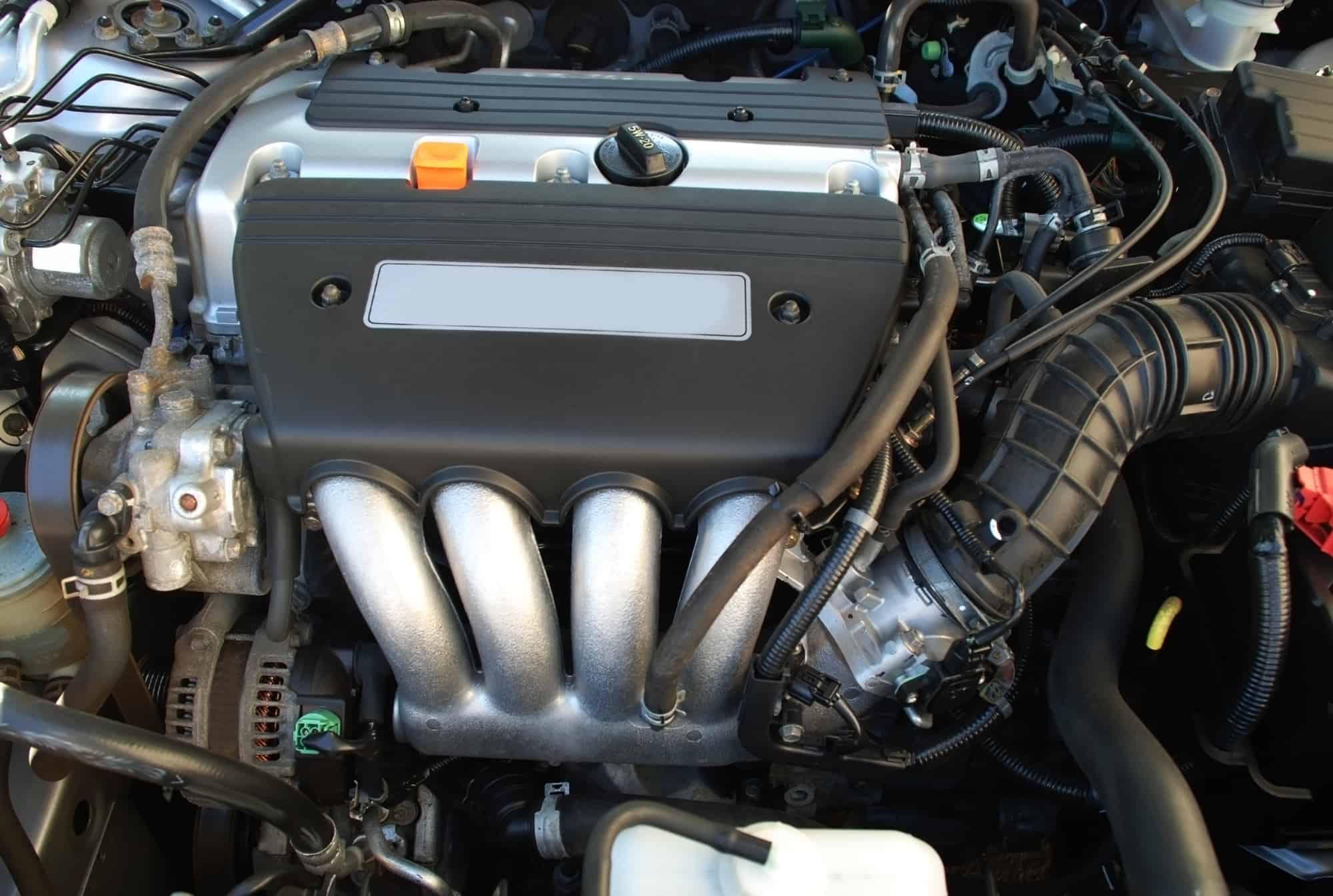



I’ve been experiencing rough idling and reduced engine power in my car lately, and noticed the check engine light flashing occasionally. Could this be indicative of a bad EGR valve, and if so, how urgent is it to get it checked and possibly replaced?
Is it possible for a DIY enthusiast like me to clean an EGR valve at home if it’s just clogged, and not completely failed, to possibly avoid a costly replacement?